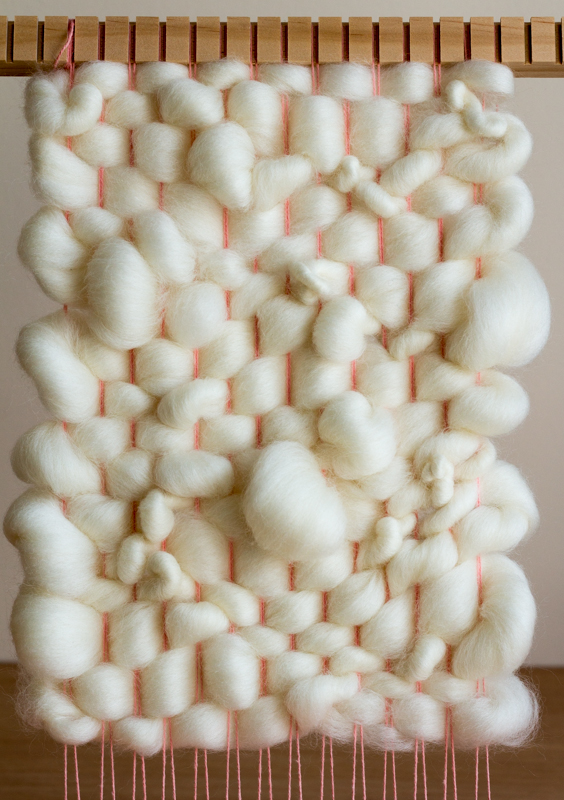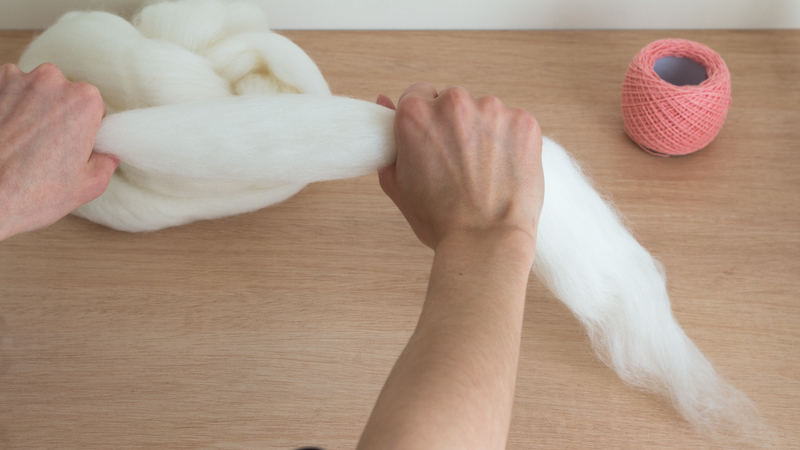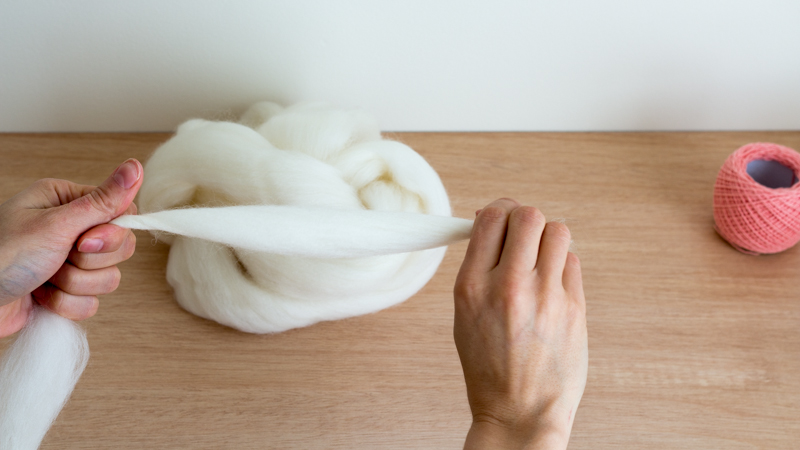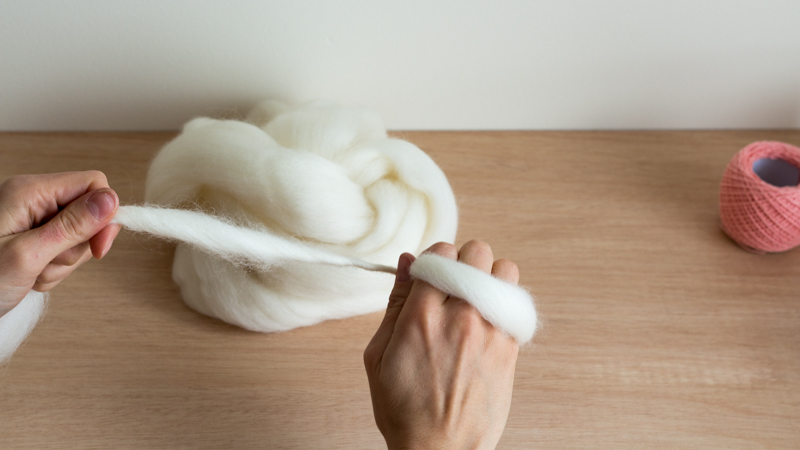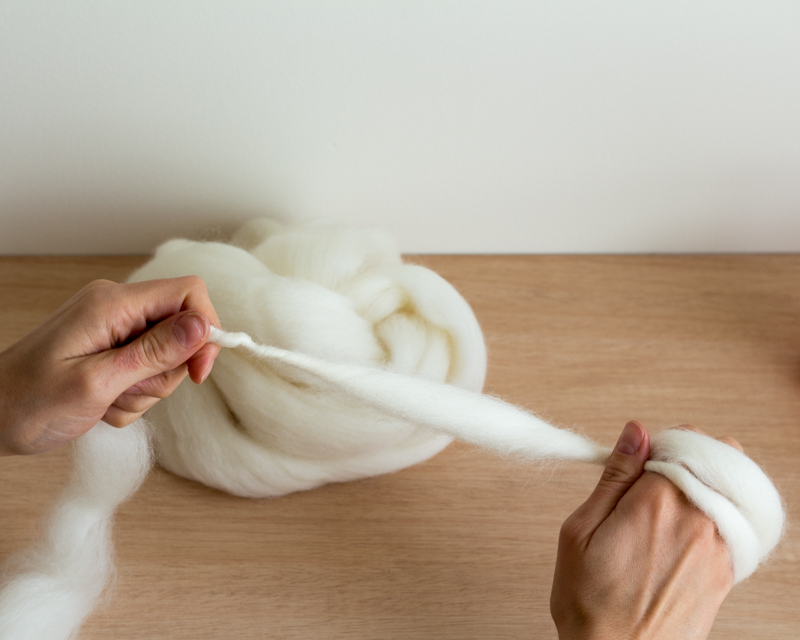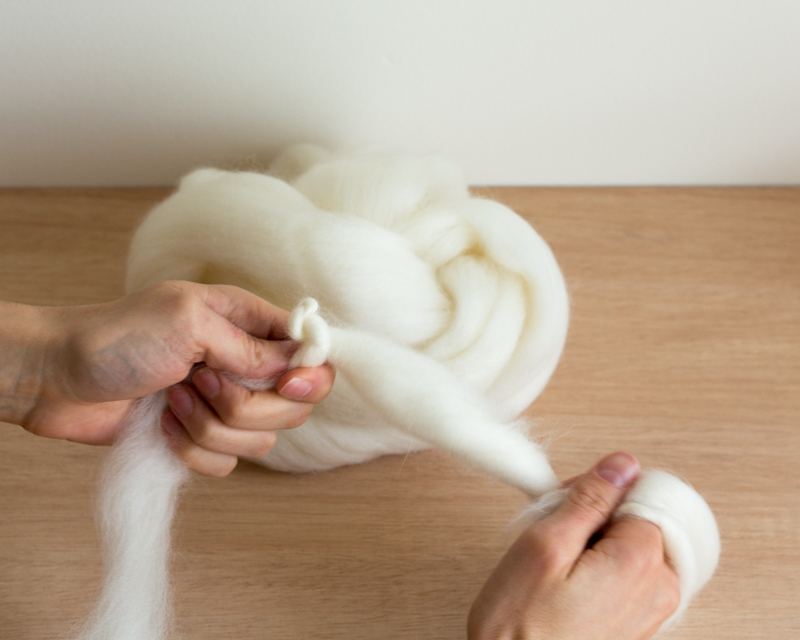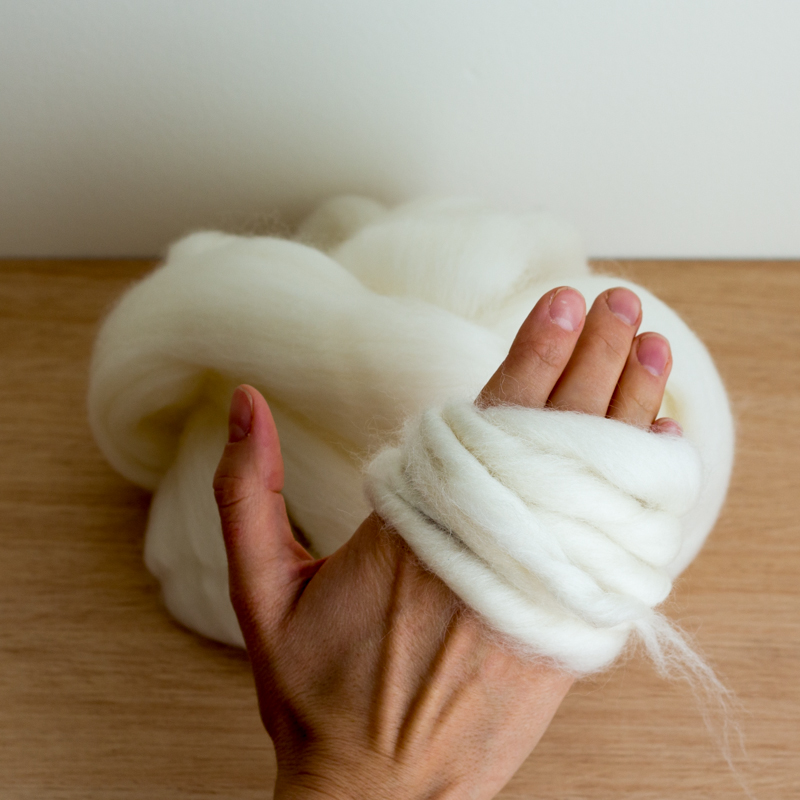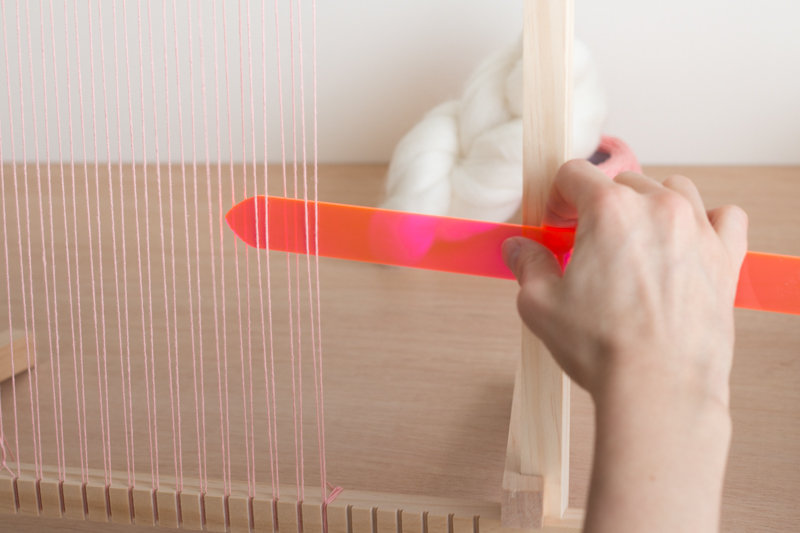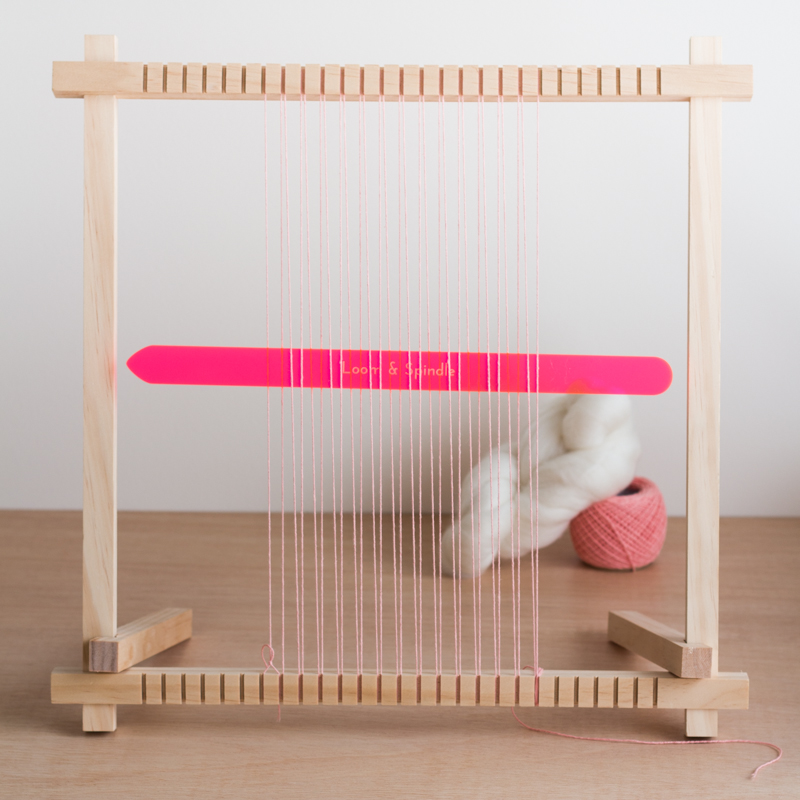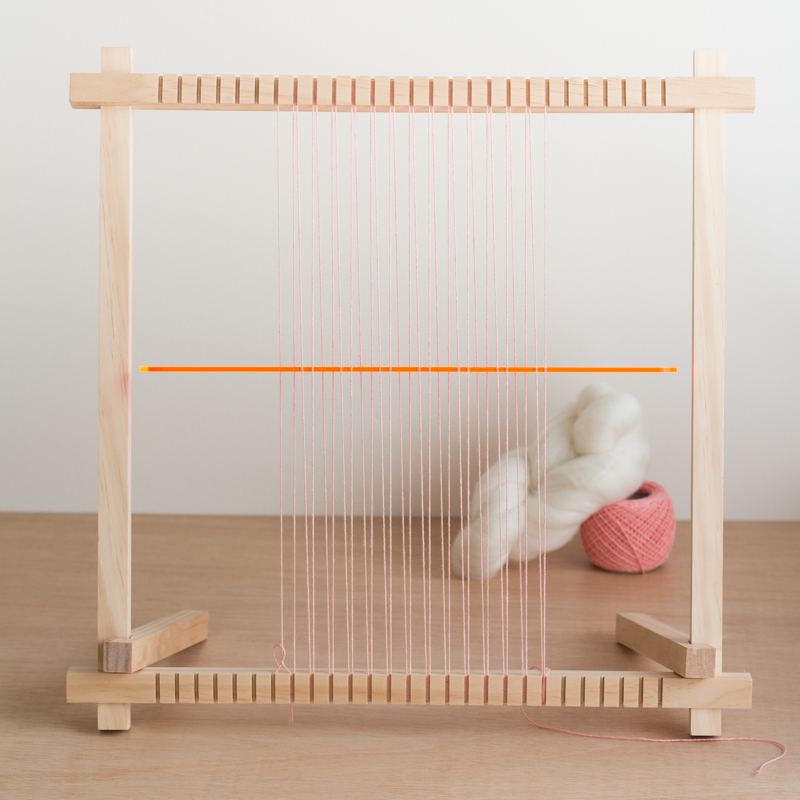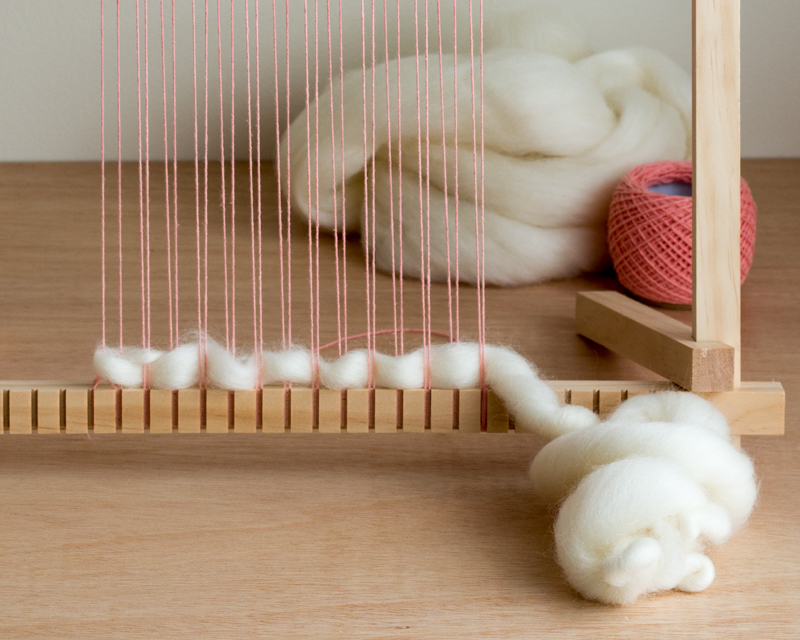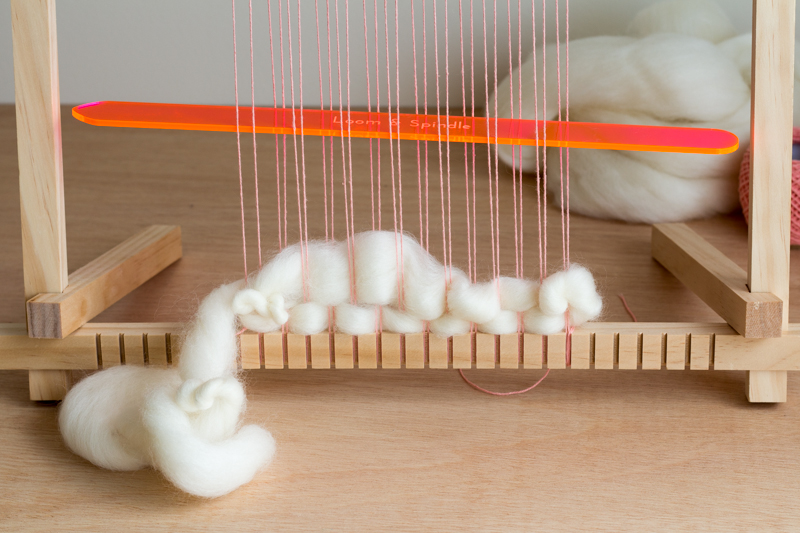In my up coming eBook I deconstruct the methods of frame-loom weaving and explore the foundation skills that make up a woven piece.
In my last post I shared an excerpt from the book showing the anatomy of a woven wall hanging.
This week I break down the woven structure even further and present a straightforward recipe for constructing a simple woven piece.
It is a unique method in that the design will be woven upside down and only turned the right way up at the end to add the finishing touches.
It is particularly suited to woven wall art as it results in evenly spaced loops at one end to hang the piece. Though, the method can easily be manipulated to accommodate other projects such as home furnishings or personal accessories.
This tutorial is an excerpt from LINE SHAPE TEXTURE - A Creative's Guide to Frame-Loom Weaving. Download a free sample of our book to read the full excerpt!











